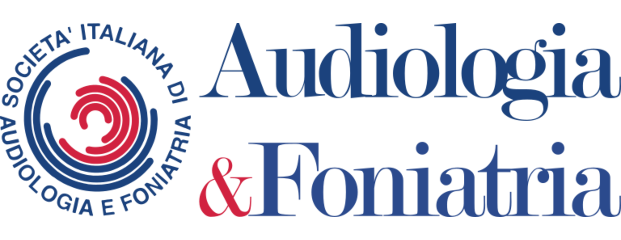Background: Auditory results of cochlear implant (CI) vary according to both the presence/absence and severity of the malformations and the clinical condition of the patient.
Methods: This retrospective-longitudinal study examined the trend of the hearing threshold, verbal perception and CI mapping parameters in 50 pediatric patients, who underwent CI surgery at an age ≤7 years over a 12-month period (from activation to 12 months post-IC). The sample (4 groups) was clustered according to etiology, presence or absence of inner ear dysplasia and/or associated disabilities; a second subdivision (3 groups) considered the time of CI intervention (< 18 months, 18-36 months, > 36 months).
Results: The whole cohort shows an overall improvement in both tonal audiometric threshold and verbal perception over time. The subdivision according to etiology shows better results in children characterized by a normo-developed cochlea and absence of associated disabilities. The subdivision according to the time of CI intervention shows a greater development of perceptual abilities in children implanted before 18 months of age. Electrophysiological parameters and CI stimulation levels show a standard trend over time in the different groups and higher C levels in the group of patients with congenital conditions.
Conclusion: Nowadays, anatomical malformations of the inner ear are no longer a contraindication for CI surgery. An interdisciplinary approach and detailed counseling regarding the expected results should be tailored according to both the etiology of the hearing loss and the time of the CI intervention.

 © 2025 Padova University Press - Università degli Studi di Padova
© 2025 Padova University Press - Università degli Studi di Padova